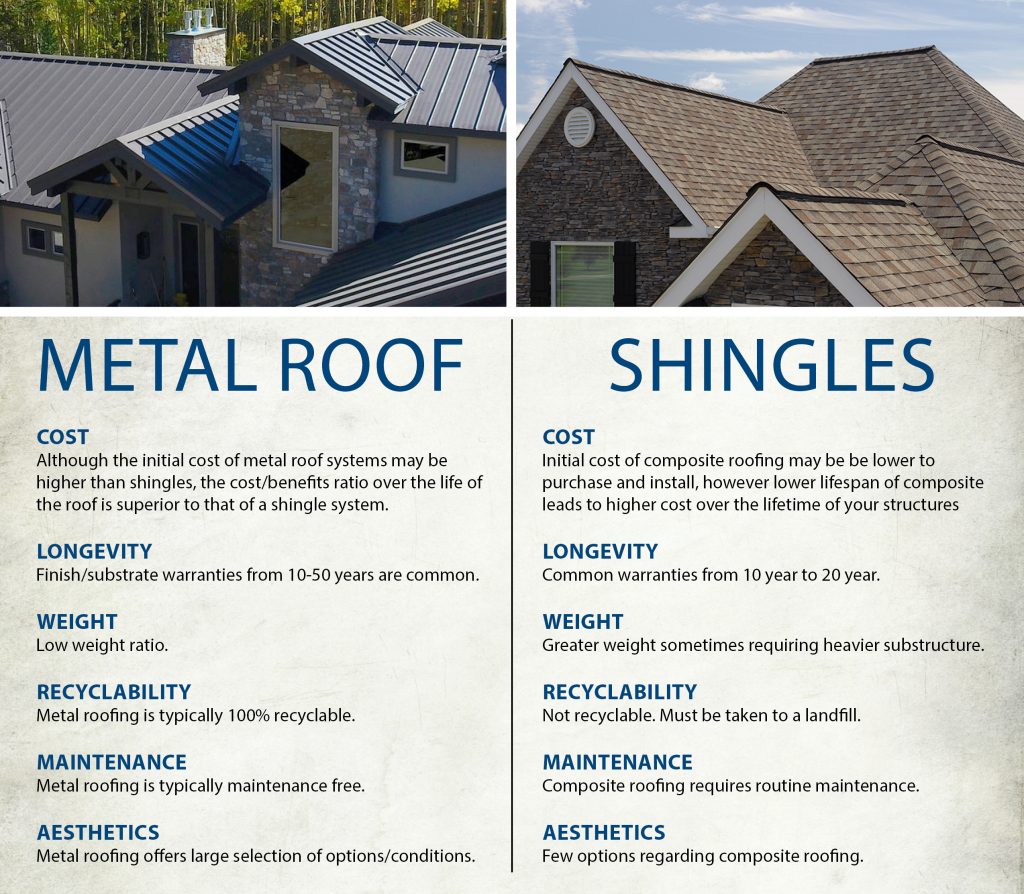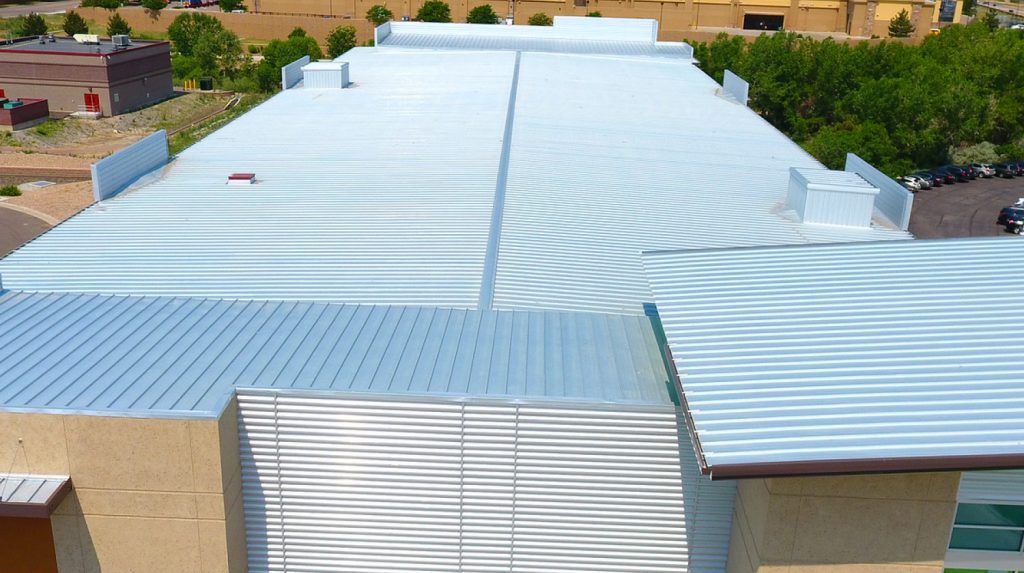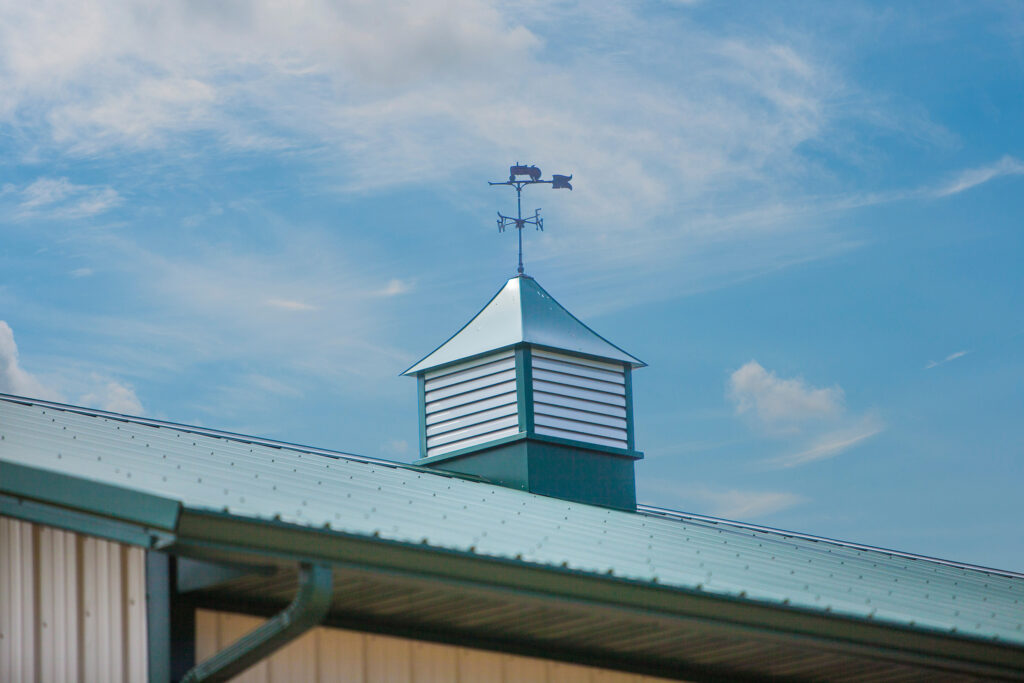How to Ensure a Successful Metal Roof Installation
Did you know that a metal roof can last two or three times longer than a traditional asphalt roof? Durable materials like steel with a self-healing zinc coating can withstand environmental exposure for 50 years or more.
However, not all metal roofs are equal. The quality of the materials and craftsmanship during installation, along with the details of the construction, can all impact performance. A successful metal roof installation knowledge and skill. Let’s take a look at what you need to consider when installing a successful metal roof.
Roofing Considerations
A metal roof is a common choice for a replacement roof, especially for homeowners looking to take advantage of the environmentally-friendly benefits like reflective coatings that reduce energy use to heat and cool a home. Whether it’s a replacement roof or a new construction, the roof should be engineered with the specific construction in mind.
Waterproofing
Steel is not the most effective waterproofing material. Since moisture is one of the biggest problems a home can experience, additional waterproofing measures are necessary before installing a metal roof.
In most cases, a polyurethane compound is applied to the metal, providing full adhesion with generous elasticity to add a waterproofing element to the metal panels. However, there are other less expensive options.
Cheaper products might use a liquid rubber instead of polyurethane. Or, they might simply use a silicone-based sealant. Each product provides varying degrees of moisture protection to prevent roof leaks.

Roof Slope
Shallow roofs with a low slope can take too long to shed water, leaving a buildup of moisture that can lead to premature failure. A slope is a measure of height versus length, indicating how steep or flat the roof is. For metal, the minimum pitch is 3:12. Anything less than that, and the roof is too flat.
Adhesive
If you have ever tried to use the wrong glue on a project, like wood glue for a plastic piece, you’ve experienced adhesion incompatibility. Different chemicals have different abilities to bond with materials. With the chemical composition of roofing adhesives varying by formula, compatibility is a significant issue that can impact the weather-resistance performance of your metal roof.
Roof Penetrations
Ideally, there should be minimal disruptions to the surface of a roof. Each time that a chimney, pipe, or drain is vented through the rough, there needs to be an opening in the metal panel to accommodate the penetration. Each penetration presents another opportunity for leaks.
Project Preparation
Choosing the right materials for the job is only half the battle. Everything still needs to be installed with knowledge and expertise to ensure a successful roof. When choosing a metal roofing contractor, consider the following:
– Experience
– Knowledge & Training
– Permitting
– Job Site Preparation
– Tools and Materials
– Measurements
At a minimum, you should be able to verify that the roofing company you intend to work with has experience. A combination of manufacturer certifications, professional references, and the history of their business can provide a good picture of their level of experience.
When you meet with a contractor, ask open-ended questions and let them do the explaining. Find out what steps they plan to take for job site preparation and what tools and materials they will need to get the job done right.
The project preparation should occur on-site and include a firsthand look at the structure with detailed measurements. Be cautious if a roofing company offers a quote by phone or doesn’t seem to take a hands-on approach when looking at the proposed job.
Installing the Roof
A metal roof installation is a job for qualified professionals. From ordering enough materials to proper substrate preparation and panel placement, there is a lot that can go wrong during installation. Even small, barely noticeable gaps can lead to big moisture problems.
Here’s a quick look at what to expect:
1. Removal of Old Roofing Materials
2. Repair of Damaged Areas
3. Installation of Insulation
4. Edging Installation
5. Metal Panel Installation
6. Add Flashing Pieces
7. Finish Inspection
Often, a metal roof is a replacement that is installed over existing asphalt shingles or a wood substrate. Both are acceptable for installing a metal roof as long as the installer takes the time to properly prepare the surface.
Any damaged area in the existing roof should be repaired first to ensure that old problems aren’t causing new problems once the metal roof is in place. Then, the roof installation should be worked in steps to ensure that each panel is placed and secured properly and each penetration is sealed with flashing.
Once everything is in place, the installer should meticulously inspect their work and ensure that there are no gaps between panels, edging, and flashing pieces.
Tips for Installing a Successful Metal Roof
A metal roof can be a durable, long-lasting, and energy-efficient alternative to traditional asphalt roofing. However, a successful metal roof depends on quality materials and installation. Here are a few tips that can help make your project a success.
– Avoid installing rivets in valleys. Each hold drilled is a potential for a future leak. That risk is compounded if the rivets are placed where water naturally pools.
– Be mindful of using exposed fasteners. The possibility of a leak is more significant with exposed fasteners, especially when a fastener is pinned through the flat portion of the panel.
– Don’t double-pin roof panels. This is a misguided attempt to ensure stability. In reality, it prevents necessary expansion and contraction with weather conditions, leading to premature failure.
– Don’t leave exposed edges. Trim and flashing are more than an aesthetic finish; they provide necessary protection around the edges that can prevent panels from lifting or leaking.
– Be attentive to installing appropriate flashing around all penetration. Even small gaps caused by these seams can lead to big problems.
The Takeaway on Getting a Successful Metal Roof Installation
Metal roofing can be a great choice for commercial and residential buildings alike. However, there are noticeable quality differences in materials and installation that can impact individual experiences. Set yourself up for success by looking for a metal roofing contractor with quality products and an experienced crew.
About Metal Sales
Metal Sales Manufacturing Corporation is the premier nationwide provider of metal panels for the construction industry. Metal Sales works with architectural specifiers and commercial construction professionals to create inspirational design solutions. With the industry’s largest and most knowledgeable sales and technical support team, Metal Sales has the expertise to address today’s challenges in high-performance, sustainable and Net-Zero building. Metal Sales has outreach around the world. Delivering outstanding roof, wall and fascia metal panels from its 21 facilities throughout the U.S.
For more information, visit www.metalsales.us.com
To find the nearest branch near you, please visit here.


